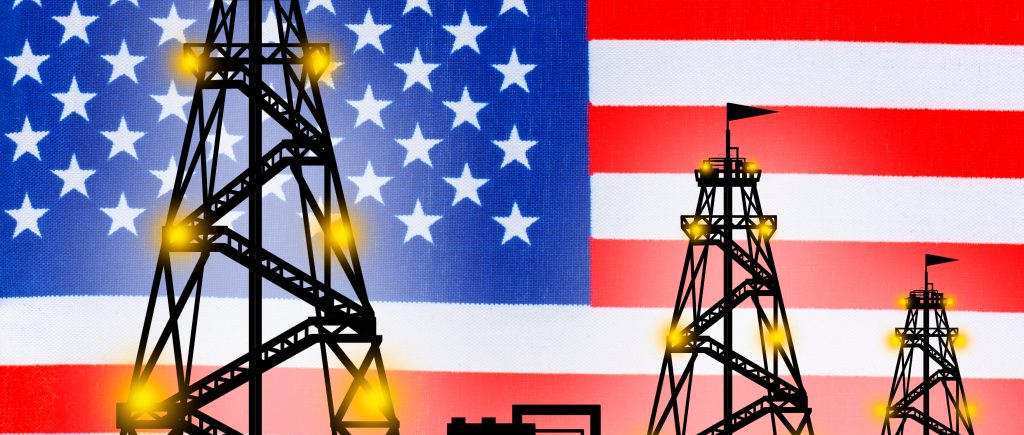Oil prices rose on Thursday as strong data on US fuel consumption and an expected decline in Russian supplies late in the year offset fears of an imminent recession that could dampen demand.
Brent crude futures rose $1.43, or 1.5 percent, to $95.08 a barrel by 0900 GMT. US crude futures rose $1.15, or 1.3 percent, to $89.26 a barrel.
Prices had risen more than one percent in the previous session, although Brent fell during those trading to its lowest level since February.
Futures have fallen over the past few months, as investors weighed in on economic data that raised fears of a possible recession that could hurt energy demand.
Consumer price inflation in Britain jumped to 10.1 percent in July, the highest level since February 1982, adding to the pressure on households.
Refining additive production in China remained weak in July, as a strict coronavirus shutdown and fuel export controls curbed production.
Crude prices were supported by data from the US Energy Information Administration that showed a decline in US inventories by 7.1 million barrels in the week ending August 12, compared to expectations for a decrease of 275,000 barrels, while exports amounted to five million barrels per day, the highest level ever. .
Analysts warn that the European Union’s ban on Russian seaborne crude starting in December and on product imports early next year could cut supplies sharply and raise prices.
But for now, Russia has begun to gradually increase oil production after sanctions-related restrictions and with Asian buyers increasing purchases, prompting Moscow to raise its forecast for production and exports until the end of 2025, an Economy Ministry document seen by Reuters showed.
Russia’s revenue from energy exports is expected to rise by 38 percent this year, partly due to the rise in oil exports, according to the document, indicating that supplies from the country have not been affected as much as markets initially expected.
 Noor Trends News, Technical Analysis, Educational Tools and Recommendations
Noor Trends News, Technical Analysis, Educational Tools and Recommendations





